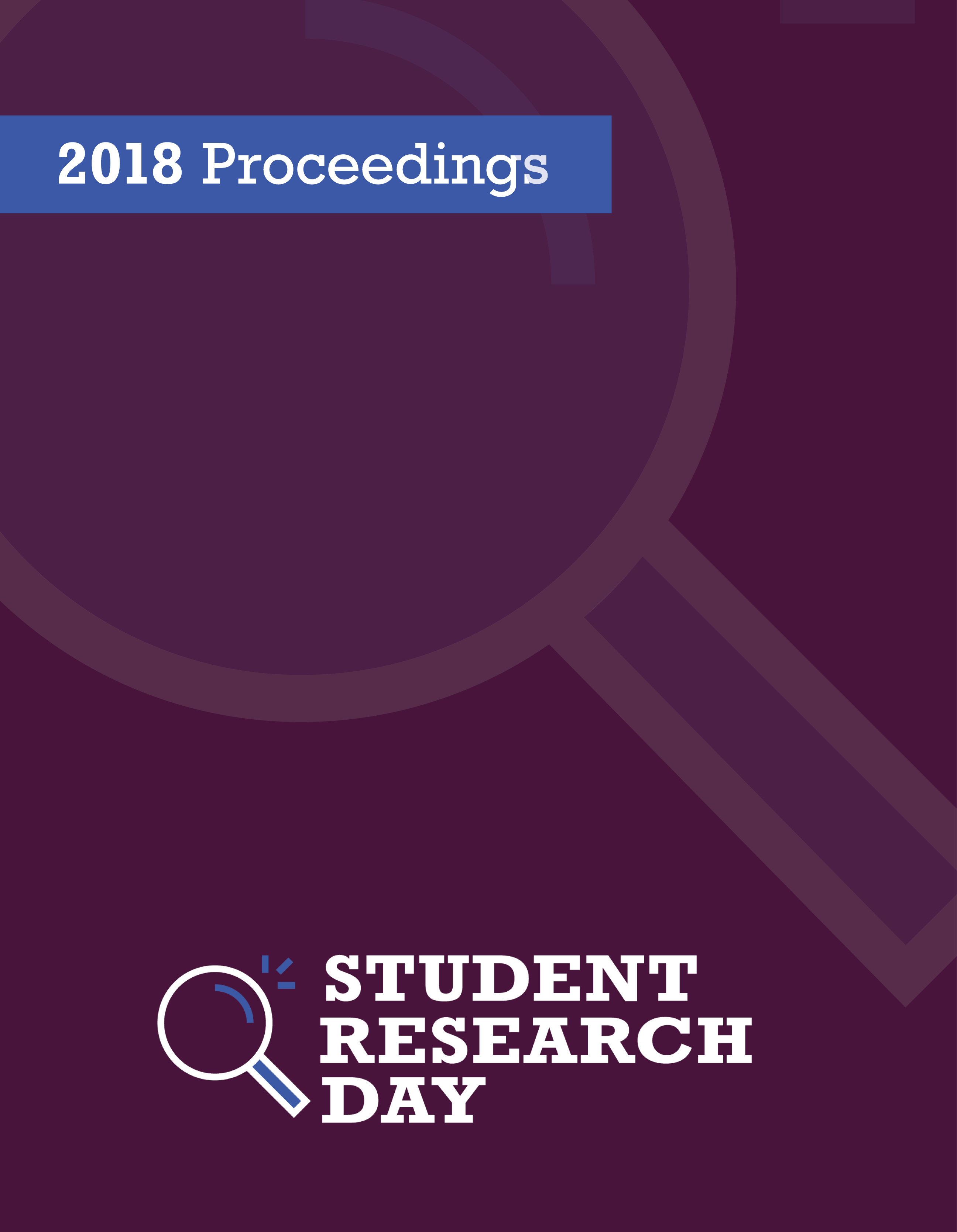Microplastic Pollution in the Urbanized North Saskatchewan River
Abstract
There is growing interest in understanding sources and sinks of microplastics in freshwater environments. Microplastics are pieces of plastic that are <5 mm in size, where the main types are fibres, fragments, beads, and films. This project investigates microplastic occurrences and potential point sources within the urban North Saskatchewan River in Edmonton, Alberta. Water samples were collected with 53 μm plankton nets at 7 sites along this river in June 2017, upstream and downstream from Goldbar Wastewater Treatment Plant (WWTP), a likely point source. Following sampling, density flotation and wet peroxide oxidation were used to isolate any microplastics from co-collected material. After sieving the material into five size classes, visual microscopy revealed the presence of microplastics in the samples, consisting of a range of types and colours. The findings also suggest that Goldbar WWTP is likely not a point source for microplastic pollution in this urban river, contrasting similar studies that have generally found the opposite trend. Fragments appeared to be the primary plastic type recovered across all sites, yet differences in the proportions of microplastic types exist between larger and smaller size classes. For example, the 500 µm-1 mm size class contained more fibres upstream and more fragments downstream of Goldbar WWTP, and the 53-125 µm size class contained a higher proportion of beads compared to the 500 µm-1 mm size class. This study reveals that urban populations influence microplastic contamination in various ways, and the data will provide a valuable baseline for future monitoring studies.
Faculty Mentor: Dr. Matthew Ross
Discipline: Chemistry
Published
Issue
Section
License
Authors retain any and all existing copyright to works contributed to these proceedings.



